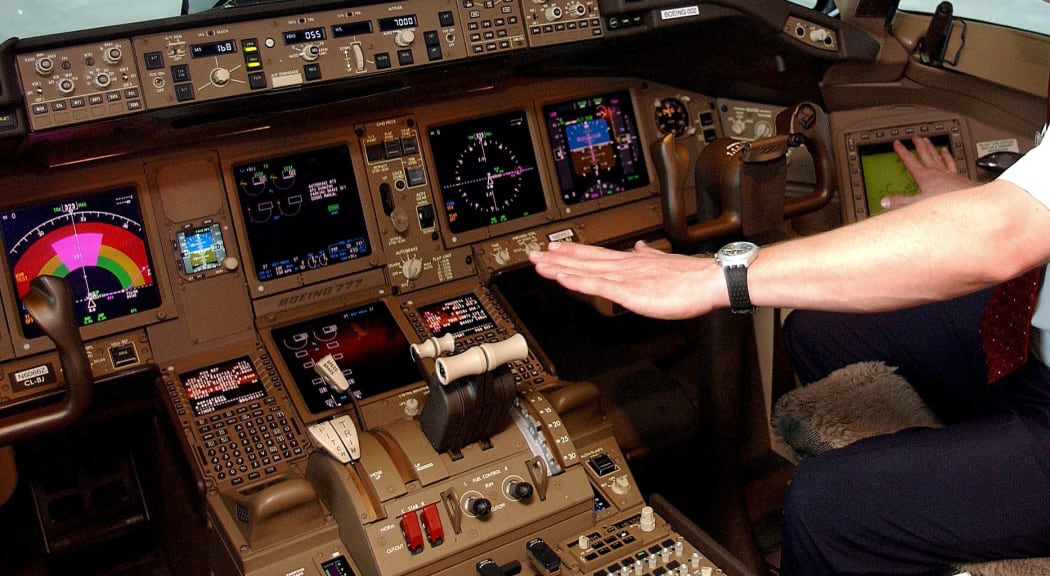The Civil Aviation Authority says it's satisfied with the actions Air New Zealand has taken over a mid-air dispute between two pilots.
The two pilots were stood down after a mid-air dispute on a flight from Perth to Auckland on 21 May. The airline said there was tension between the pair, caused by a flight delay.
During the flight, the first officer briefly left the cockpit, and couldn't get back in because the captain didn't answer calls from the cabin crew to open the door.
The crew became concerned and used an emergency method of getting into the cockpit.
Crew were forced to use a secret "alternative entry" to get through the hijack-hardened cockpit door.
Air New Zealand says it stood the captain down for a fortnight, and the first officer for one week. The airline says both have had counselling and additional training.
The Civil Aviation Authority says it was concerned by the incident, but Air New Zealand's response was appropriate and it won't take any action of its own.

A Boeing 777-200 cockpit - no room for conflict. Photo: AFP
Aviation commentator says it was 'highly irresponsible'
Aviation commentator Peter Clark said it was highly irresponsible for the captain of the plane to refuse to answer calls to the cockpit for two minutes.
He said the incident should never have happened, and that it was essential that pilots interacted well with each other.
The airline's integrity and safety manager, Errol Burtenshaw, said the captain was frustrated when the flight's departure was delayed because the first officer had to take a random drug and alcohol test.
"The cause of the delay was primarily the amount of time it took the first officer to undertake a Civil Aviation Safety Authority (Australia's regulator) random drug and alcohol test," he said. "This departure delay frustrated the Captain who prides himself on operational efficiency."
During the flight, the first officer briefly left the cockpit, and then couldn't get back in because the captain didn't answer calls from the cabin crew to open the door.
Mr Burtenshaw said the crew became concerned and ended up using an alternative entry to get back into the cockpit.
"During the flight, which operated overnight, the first officer left the flight deck to take a comfort break," he said.
"Given the altitude of the flight at the time, the captain who remained on the flight deck donned his oxygen mask ... standard procedure when one pilot exits the flight deck in a two-person flight crew.
After visiting the bathroom the first officer remained in the galley area with a cabin crew member and had a cup of coffee.
When he had finished, the cabin crew member then spent up to two minutes attempting to call through to the captain on the flight deck to advise him that the first officer was at the cockpit door waiting to be allowed in.
The captain did not respond or open the door because he was approaching a navigational waypoint and in his cockpit monitor saw a cabin crew member rather than the first officer ringing.
Mr Burtenshaw said an internal investigation was carried out after the flight, and a report has been sent to the Civil Aviation Authority.

